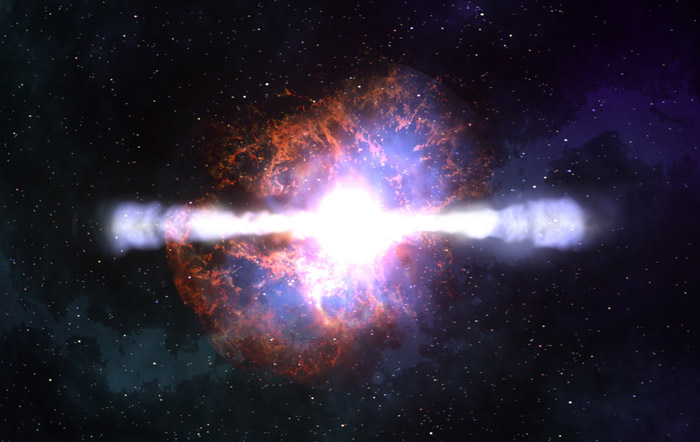Breakthrough in nuclear fission
Lockheed Martin Corporation (LMC), one of the world’s largest defence contractors—in 2009 it received 7.1 per cent of the Pentagon’s total funds—has had a major breakthrough in the study on the viability of shifting to nuclear energy. Led by Tom McGuire, the team demonstrated the feasibility of building a 100-megawatt reactor measuring seven by 10 feet—which would allow the reactor to fit on the back of a large truck. Considering the size of the Hoover Dam, which generates 4.2 billion megawatt-hours annually, a 100-megawatt reactor that small would completely change perspectives on energy and energy costs.
The original study in 2009 focused on nuclear fission—the process by which an atom’s nuclei is split to generate enormous amounts of energy. According to McGuire, the 100-megawatt fusion reactor will hopefully be built in the next 10 years, and can help solve the current energy crisis and climate change problems. In a world where energy use is predicted to increase by 50 per cent over the next generation, this breakthrough may be just what cities need.
Cancer metastasis reduced up to 90 per cent in mice
Cancer is very effective in invading host cells, mainly due to its ability to metastasis—the process by which a tumour spreads through the body. Researchers at Stanford University have focused their attention on the proteins responsible for this spread, Axl and Gas6. The linking of these two proteins is one of the most important steps in the beginning of metastasis.
In order to prevent this interaction, the researchers engineered a decoy Axl protein 100 times more effective in binding with Gas6, forcing extremely low chances for normal Axl to bind to Gas6. To do this, the team built over 10 million minor variants of the Axl protein to find the one that best fit Gas6. By introducing their engineered protein, they were able to interrupt normal Axl binding to Gas6. As a result, the group found a 78 per cent reduction in metastatic nodules in breast cancer, and a 90 per cent decrease in metastatic nodules in ovarian cancer.
The research has the potential to provide a completely nontoxic process to fight cancer—unlike current cancer treatments. Furthermore, the team is looking to work with other proteins that bind Gas6, such as Mer and Tyro3. Though it will take some time to develop this research into mainstream therapy, it does offer hope in the ongoing search for a cure for cancer.
The Antimatter Microscope
Werner Trifthäuser and his colleagues at the Military University in Munich, Germany have been using positrons in order to find and analyze high quality images of the defects found in material surfaces. It is important to analyze and discover the defects in a material, because they affect its mechanical properties and can cause failure and fracture. Many engineering issues—such as any malfunctions aircraft wings and unstable and unsafe mechanical constructs—are caused by concentrated defects in the structure of materials used.
The focus of Trifthäuser’s research was to detect one of the most common material defects, ‘vacancies,’ which are locations within a material where a positively charged nucleus is missing. Consequently, positrons—the antimatter partners of electrons—are preferred in imaging, as they are very effective in finding vacancies. Without a nucleus, there are no electrons in the vicinity to react and annihilate the positron. Due to the completely opposite properties they have, matter and antimatter are highly reactive and their interaction results in total destruction—leaving nothing but energy behind. Therefore, by measuring the time a positron can survive in a section of the material, the researchers have been able to generate images that have unprecedented sensitivity to defects, compared to those from current methods of microscopy.









